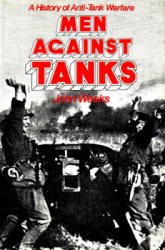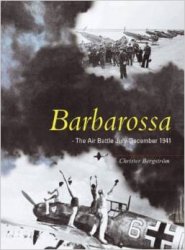Politics, as a subject of mainstream historical analysis, has been less permeable to the demands of gender analysis than many other areas of history. This does seem to vary across national histories but the peculiar inscription of masculinity on the subject, although now recognised, has yet to be traced through all its myriad forms.
Most national histories of women focus first on the pursuit of female enfranchisement and then they track its effect on women’s most public exercise of citizenship: their participation in national parliaments. The first women members of parliament, cabinet ministers and prime ministers are seen as evidence of the sex’s successful penetration of the masculinist world of politics. The traditional focus on high politics by historians seems to define women out of the problematic or at least to marginalise women to a sideshow: essentially, Helga Nowotny’s observation of Austria - ‘Where power is, women are not’ - writ large.1 For in Europe no women had the parliamentary franchise until the twentieth century and in some countries they had to wait until half of that century had passed, for example France in 1944 and Switzerland in 1971. In many European countries, significant participation rates of women within government were to take longer still, and few have reached gender parity.
Even when historians switched their attention to the social history of politics and to plebeian political activity in particular, women as individual historical actors remained largely ‘hidden from history’.2 E. P. Thompson’s The Making of the English Working Class (1963) may have put the politics of the working class prior to manhood suffrage onto the agenda for a new generation of historians, but it remained a largely male class whose politics took place in a circumscribed public world. Yet histories of some women’s engagement with political power and the pursuit and practice of citizenship have been pieced together and debated in the intervening years. These stories are shaped by the national histories of which they often form an awkward part and by the developments within women’s history and gender history.3
But this is not the only story to be told about women’s relationship to political power. Merry Wiesner-Hanks has identified three historiographical trends that have changed the view that politics only involved men. First was the rediscovery of those women who did exercise power in male-dominated institutions. Across time, these might be women warriors, great queens, mighty empresses or other ‘women worthies’. More challengingly, the second trend was to broaden the notion of ‘politics’
Beyond the formal institutions of government to the groups and organisations through which people shaped the world around them. This brought voluntary societies, clubs and associations, interest groups, religious organisations and self-help groups into the political domain. Thus, before women gained formal political rights, women participated in political processes through mixed-sex and women’s pressure groups. The third trend widened the definition of politics still further to include anything in society to do with power relations. This could include relations between master and servant, landlord and tenant, father and son, and between husband and wife. The point here is to identify not only where power is formally recognised and legitimated as authority but also where it is not. This means acknowledging that power is always relational, that it is as much about power over someone or something as it is the power to carry out a certain action. In order to study the operation of power in society, it is therefore important to include both the dominant and the subordinate individual or group, and women are to be found in both categories. As Wiesner-Hanks reminds us, although women had formal authority much less often than men, they nevertheless did have power in the past. Thus,
Through the arrangement of marriages they established ties between influential families; through letters or the spreading of rumours they shaped networks of opinion; through patronage they helped or hindered men’s political careers; through giving advice and founding institutions they shaped policy; through participation in riots and disturbances they demonstrated the weakness of male authority structures.4
This perception of the nature and location of political power broadens the topic of European women and politics well beyond women’s participation in formal politics and the organised women’s movement both within societies where women have achieved citizenship and into the centuries that preceded female enfranchisement.




 World History
World History









